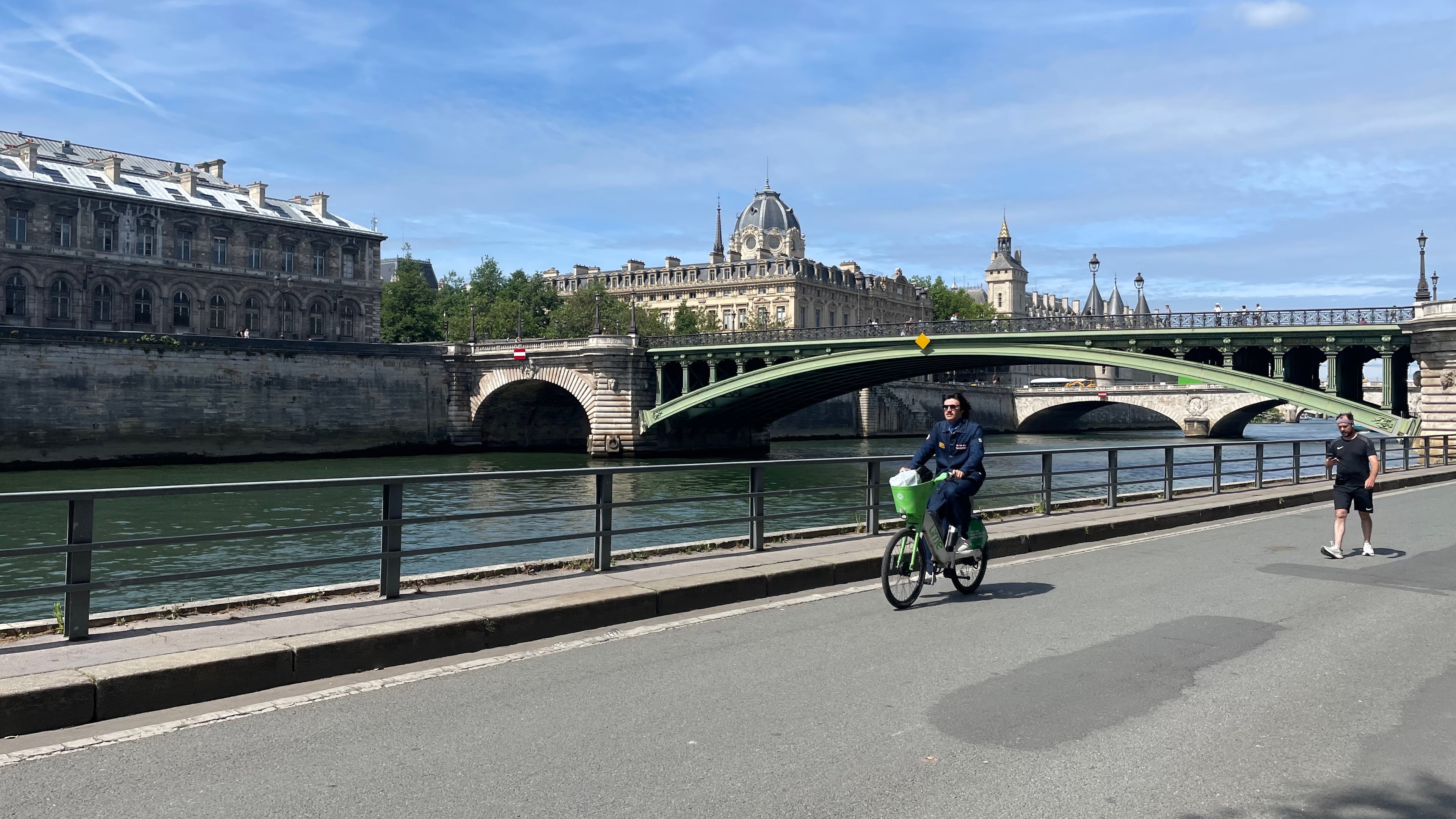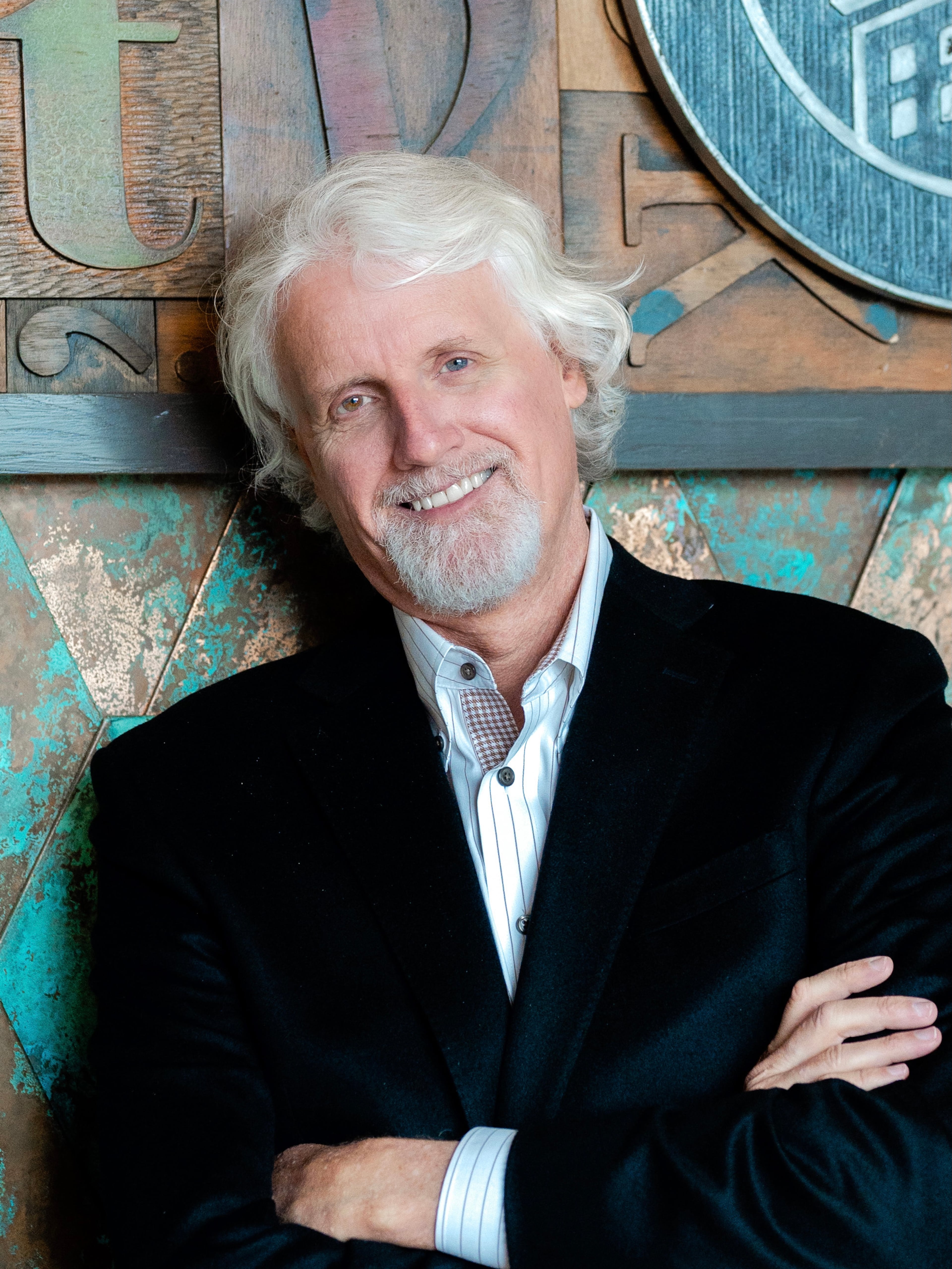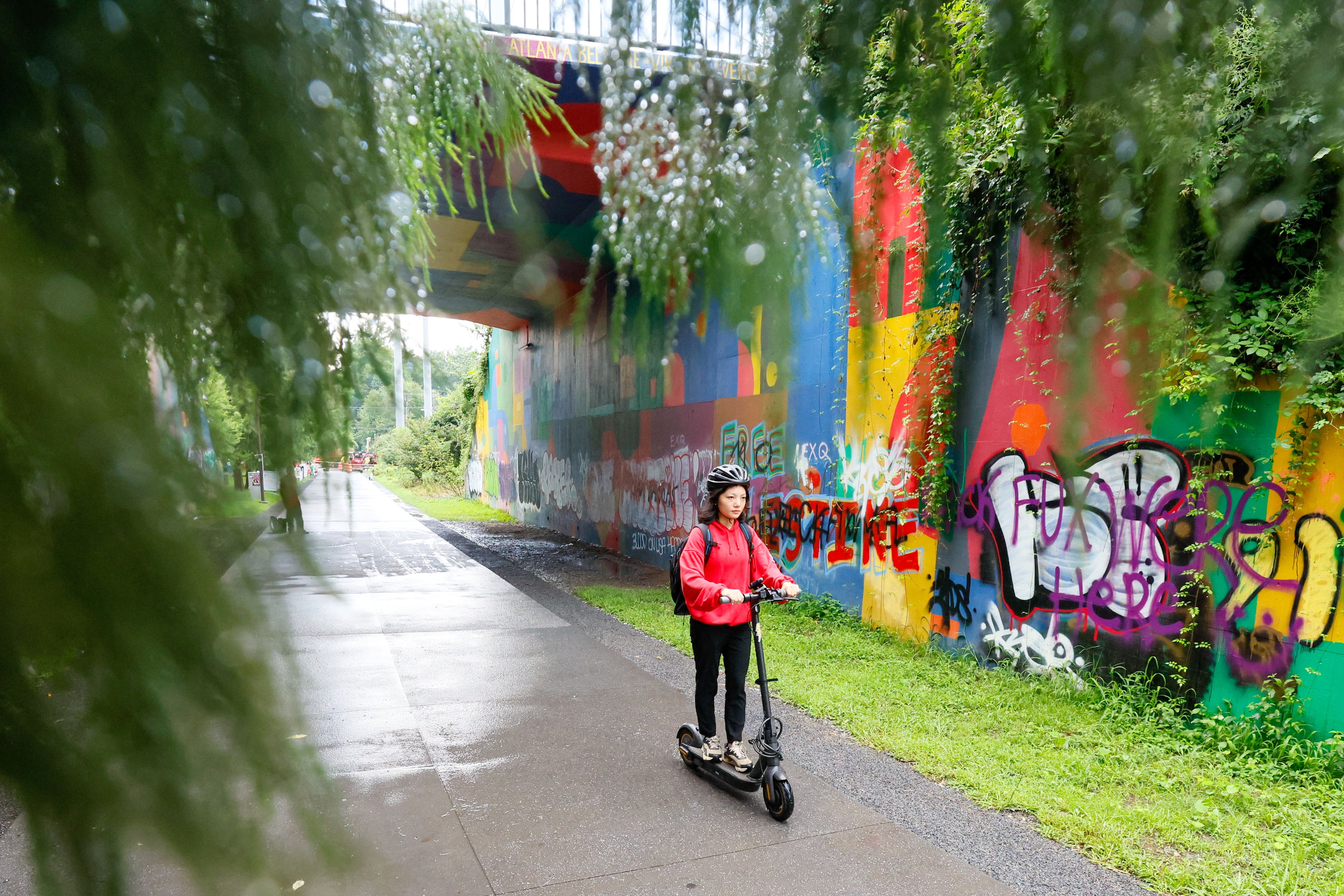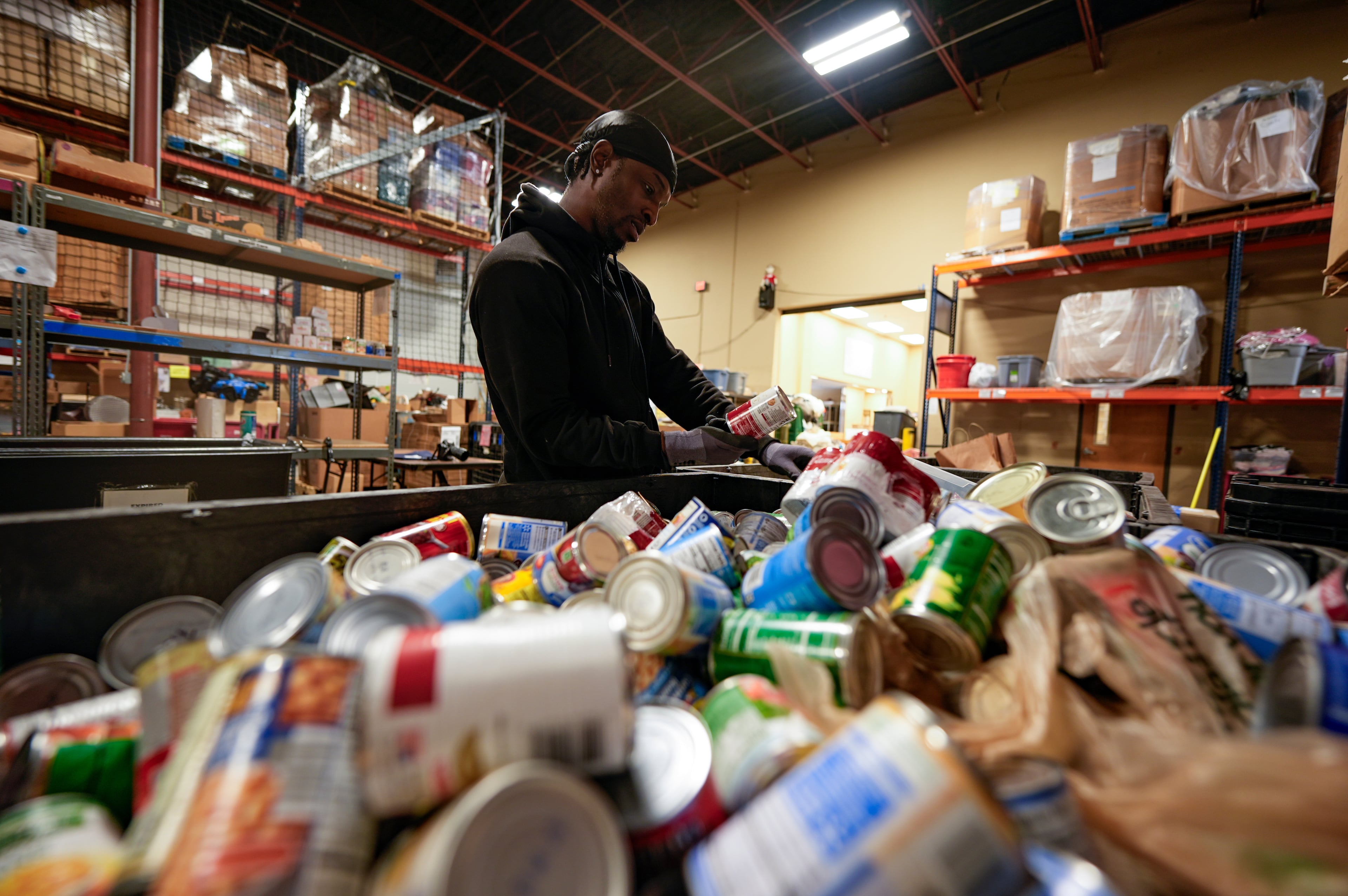Paris offers lessons to Atlanta: Putting children first in mobility solutions

A city where children thrive is a city with a bright future.
Parisians have embraced that truth over the last decade as they’ve transformed the French capital into “Europe’s best city for child-friendly mobility."
I visited Paris earlier this year to better understand how micromobility has improved the average Parisian’s quality of life. I left with one unexpected lesson: Children must be at the center of Atlanta’s own revolution in mobility.
The last time I was in Paris, cars ruled the city. Honking. Speeding. Fuming. Around giant, chaotic traffic circles. And, of course, all accompanied by the grime, pollution and danger that comes alongside any great concentration of automobiles.
Since then, some 100 Paris streets were closed to automobiles and the city added more than 750 miles of bike lanes. Most importantly, tens of thousands of Parisians have embraced a new way to get around.
They’re taking advantage of people-friendly corridors by using bikes, scooters and their own two feet. The change isn’t subtle. Both high-profile tourist sites and off-the-beaten-path neighborhoods are quieter, cleaner, safer, more accessible and just more joyful.
Serving the needs of children will ultimately help adults
What surprised me, however, was the role of children in all of this. Guided through the city by Paris School Streets Project Head Priscilla Benedetti, we saw children empowered to safely travel to schools and parks.

Benedetti explained how the Paris plan is focused on children. It starts with involving schools, parents and children themselves in the process. Neighborhood meetings about prospective changes are held at schools, and the city is methodically developing a safe-commuting plan for each school campus in Paris.
If you can safely connect children to schools and parks, you will go a long way to serving the needs of adults as well.
And the improvements are of high quality. For example, bike lanes are truly protected from car traffic – an absolute necessity if you want people to actually use them. Atlanta City Councilmember Jason Dozier’s recent near-catastrophic biking accident is just the most recent reminder of how important it is to completely separate micromobility solutions from automobiles.
The role that children play in the health of any city has been on my mind a lot recently.
Mayor Andre Dickens wants to make Atlanta “the best city in the country to raise a child” and his primary strategy for achieving that goal is to make all of our neighborhoods healthy, thriving and connected places.
Many of our neighborhoods lack connectivity. Hollowell Parkway, Campbellton Road and Moreland Avenue are not child-friendly by a long shot. Many of these neighborhoods lack sidewalks, so few children can walk safely to schools or to nearby parks.
As I ride up the Beltline’s Eastern Trail each morning during the school year, I encounter waves of children biking south to the David T. Howard Middle School and north to Midtown High School. Those options are not available to children on the west and south sides of our city.
Atlanta is improving and expanding micromobility infrastructure

This is what the Dickens administration is determined to change. The good news is that we have a working model for how to move in this direction.
As the recent Trust for Public Land report “The Beltline Emerald Necklace: Atlanta’s New Public Realm” (full disclosure, I was a co-author) points out, the Atlanta Beltline offers a template for how neighborhood assets can be connected through high-quality investments in the public realm, particularly in parks and trails networks.
Fortuitously, Atlanta now has a new plan to improve our micromobility infrastructure. Trails ATL, recently adopted by the Atlanta City Council, envisions extending 420 miles of new trails and bike lanes to all corners of the city. That number includes 140 miles of greenways, which can build on the model of connectivity and community development that we’ve experienced on the Beltline.
I gave up my car last year and now rely almost exclusively on micromobility solutions to traverse our city. But this is just the beginning. The rapid adoption of autonomous vehicle technologies will soon demand a redesign of our entire street infrastructure. New transportation solutions – some of which we can’t yet envision – will create hybrid personal-public mobility options tailored to every demographic.
All of this presents us with a unique opportunity to rethink our public realm. We can reconnect our neighborhoods, reduce our dependence on private vehicles, lower transportation costs, and dramatically improve the quality of life for our children and ultimately for all Atlantans. A city of healthy, accessible and connected neighborhoods is within our reach.
David Edwards is a policy adviser for neighborhoods at the City of Atlanta and founder and co-director of the Center for Urban Research in the Jimmy and Rosalyn Carter School of Public Policy at the Georgia Institute of Technology.

